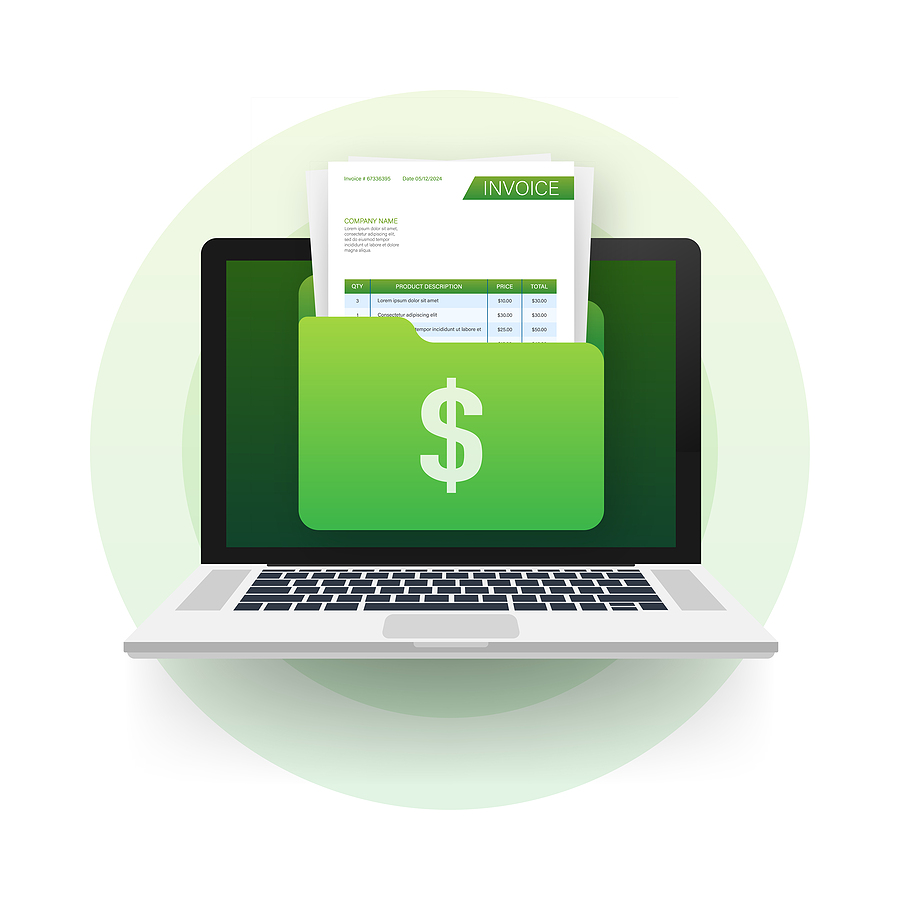Factoring Receivables – Funding Post-COVID Business Growth
2020 started off with a bang for many businesses. Unfortunately, the COVID pandemic brought business growth to a screeching halt, especially for small businesses. Many qualified for PPP loans. While it helped sustain businesses through the pandemic, that funding only covered their basic operating expenses. It didn’t make up for lost revenue, nor did it provide the working capital necessary for businesses to adjust their operations to the “new normal”.
As business owners look ahead, they need to find a way to hit the ground running as restrictions lift and social distancing eases up. That’s going to take extra capital that many just don’t have. Traditional bank loans were difficult to obtain before the pandemic. For the immediate future, they are going to be even more elusive. So, where can a small business get the funding to thrive in the post-COVID marketplace? For those who lack capital in between invoicing and payment, factoring receivables can be a great option.

How Does Factoring Receivables Work?
Factoring receivables is also known as invoice factoring or factoring. The first thing business owners need to understand is that factoring is not a loan. It is a way to get the money that is already owed to you quicker. Especially now, in the wake of the pandemic, your customer may be waiting until the day they are due to pay your invoices. By factoring those unpaid invoices, you can get most of that money now, allowing you to have the staff and equipment necessary to meet the “new normal” head-on.
When factoring receivables, you sell your unpaid invoices to a factoring company. In exchange for those invoices, factoring companies typically pay 80 to 85 percent of their face value. Once the invoices are sold, they are owed to and collected by the factoring company. Once the invoices have been paid, the business would receive the balance from the factoring company minus a previously agreed-upon fee.
Less than Perfect Credit – Not a Problem
It’s not unusual for a small business to have a black mark or two on its credit report. Fortunately, this isn’t an issue when factoring receivables. The factoring company will be looking at your customer’s credit history, not yours. For this reason, it’s important to submit only invoices issued to customers in good standing. So, what happens if a customer doesn’t pay a factored invoice. That depends on what type of factoring services you received.
Recourse and Non-recourse Factoring
Factoring receivables to increase your cashflow post-COVID can make it easier to regain traction in the marketplace. However, it’s important to understand the different types of factoring. The most common type offered by factoring companies is recourse factoring. With this option, the responsibility falls on the business owner if their customer doesn’t pay. With non-recourse factoring, the terms can vary but typically the bulk of the responsibility falls on the factoring company. Because the risk for the factoring company is higher, the fees for non-recourse factoring will be higher as well. While this option may provide less risk for the business owner, it also means they will receive a smaller portion of their sales once the invoice is paid.

Factoring Receivables with CapFlow Funding
Want to make sure your business is ready to compete in the post-COVID marketplace? CapFlow Funding Group can help make sure you have sufficient cash flow to make that happen. CapFlow Funding Group will work with you to find the best funding solution to provide your business with immediate working capital. We provide services to many different industries with a variety of different funding needs. Contact us today and find out how invoice factoring can help grow your small business.



